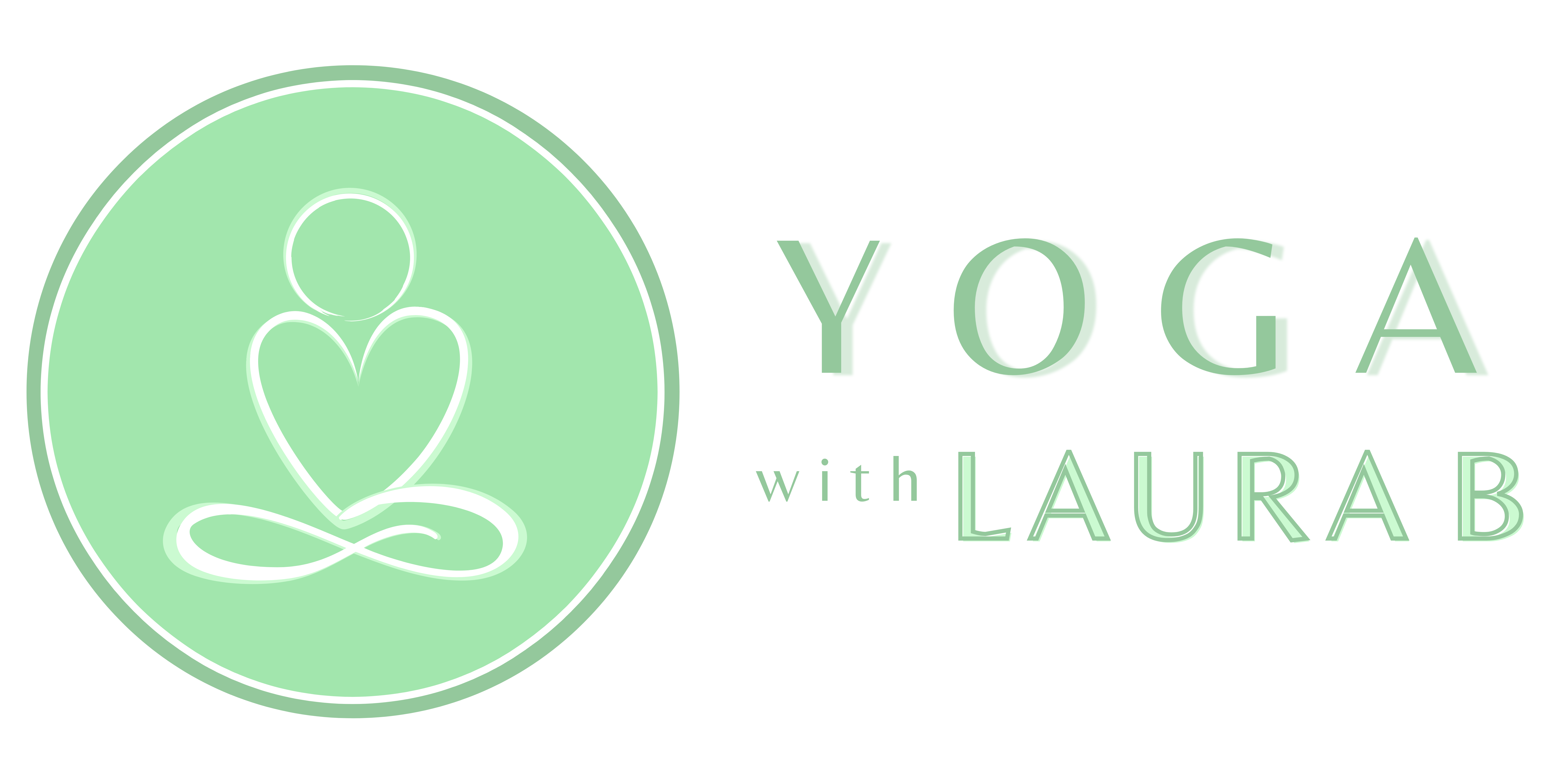Yoga is a spiritual discipline with many sub-types to explore. It can be extremely effective in the management and prevention of health conditions such as obesity, diabetes, heart disease, arthritis, and more. It also combats mental health problems such as depression and reduces stress for many yogis. Despite its rich benefits, when practiced incorrectly, yoga can cause more harm than good. We want to help you avoid injury and get the most from your yoga, so learn the rules below for practicing safe vinyasa yoga at home, on the beach, and just about anywhere in between.
For safe vinyasa yoga at home, you will need:
- A yoga mat or comfortable, stable surface to practice on.
- Water to stay hydrated.
- Your wonderful self!
- The Yoga With Laura B blog to answer all your questions!
Need more support? Drop us a message with your question or book a class today!


Regulate your breathing
In vinyasa yoga, each movement between asanas (poses) is linked to an inhale or exhale. Poses are often held for several breaths, but the breath provides a rhythm to guide your transitions and give you ultimate control.
In most types of yoga, the nostrils become the main airway passage, in order to fully fill and empty the lungs, and to build heat in the body. However, in vinyasa practices, the technique is more refined for relaxation and movement. Officially named Ujjayi Pranayama and is sometimes referred to as ‘ocean breathing’. This unique breath technique is accomplished by taking a deep breath in through the nose and exhaling through the mouth as though you’re attempting to fog up a mirror or see your breath on a cold day. Try our favourite vinyasa sequences or book a vinyasa class-a!


Adapt the exercise to your skill level
When learning yoga, it’s important to remember that most teachers and professional practitioners have been perfecting these postures and transitions for years. If you’re just starting out, aim to challenge yourself without pushing too far and causing strain or injury.
Remember: you’re working towards great form and core stability, so allow yourself the adaptations you need to get there! If you need some extra support with this, simply schedule a yoga class and we’ll help you find the ideal flow for your skill set.


Prioritise your form
There’s a lot to think about in vinyasa yoga, from model postures to smooth movements, to controlled breathing. Once these three elements become habitual with one another, your yoga workout will feel more effortless and controlled and you’ll reap the benefits. However in the beginning, when technique can feel a little overwhelming, prioritise your form.
A great way to hone your form is to do your workout in front of a full-body mirror. This will highlight any imperfections in your asanas and avoid incorrect placement that could lead to injury.


Use yoga to warm up before you get flexible
Prepare your body for a flexible workout correctly with gentle stretches in a vinyasa style. You could try cat-cow tilts, child’s pose, and seated forward bends to warm up. Jumping straight into a complex backbend may seem like an appealing challenge, but will likely result in injury if the muscles and joints needed are stiff and unstretched.
Imagine you’re holding a blob of blu-tack: when you first pull it apart, it separates easily. However, as you handle, stretch, and warm the product, it’s tensile strength increases and it becomes more able to stretch. This is the same in your body, so avoid tearing and pain with a vinyas-tic warmup!


Always end in corpse pose (Savasana)
Ending your flow in Savasana, or corpse pose, will allow you to release any remaining tension, calm your mind, and relax the body. It can also be used at the beginning of your vinyasa routine to prepare the body and mind for your yogic workout.
No matter what time of day you enjoy exercising, resting in corpse pose for five minutes after your session works powerfully for the mind and body.
In conclusion…
Follow these five rules for the safest and most effective practice! Enjoy vinyasa anywhere whilst bearing these top tips in mind.
If you want to practice at home regularly, switch up your sequence, or check your form with a professional, book an online class now! We always advise you to start your yoga journey with a professionally led class, to get the most benefit and cultivate great habits in your practice!

